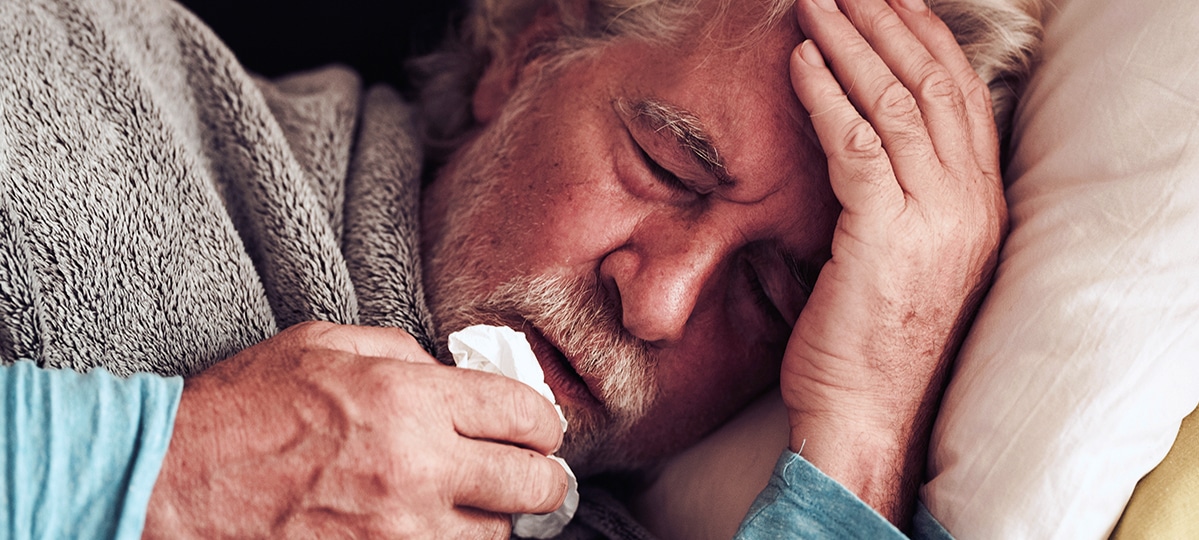Osteoporosis poses a significant health concern for millions of seniors worldwide, necessitating comprehensive measures to ensure their safety and well-being. This blog post will delve deeper into understanding osteoporosis and explore practical strategies for safeguarding seniors living with this condition. By implementing these recommendations, caregivers can create a secure environment conducive to the optimal health and independence of their loved ones.
Understanding Osteoporosis
Osteoporosis is characterized by gradually weakening bones, leading to increased fragility and susceptibility to fractures. While aging is a primary risk factor, other contributors include genetics, hormonal imbalances, and lifestyle factors such as poor nutrition and sedentary habits. As bone density decreases, seniors become more vulnerable to fractures, particularly in weight-bearing areas like the spine, hips, and wrists.
Managing Osteoporosis
Although osteoporosis is a chronic condition with no definitive cure, various treatment options can help slow its progression and reduce the risk of complications. Weight-bearing exercises, such as walking, dancing, and strength training, promote bone density and muscular strength, enhancing overall stability and balance. Additionally, medications like bisphosphonates, hormone therapy, and calcium supplements may be prescribed to strengthen bones and prevent fractures. Dietary modifications, including increased calcium and vitamin D intake, are also essential for maintaining bone health.
Practical Safety Tips for Seniors with Osteoporosis
Eliminate Trip Hazards
Minimize the risk of falls by removing loose rugs and other potential tripping hazards from living spaces. Given that osteoporosis weakens bones, even minor falls pose significant threats. By decluttering and securing the home environment, the likelihood of accidents diminishes substantially. Additionally, offer support during mobility, encourage the use of handrails, and provide assistive devices like canes if necessary.
Install Bathroom Safety Features
Due to the heightened risk of falls among seniors with osteoporosis, outfitting the bathroom with grab bars proves indispensable. These fixtures offer stability during showering and toileting, reducing the chances of slips and falls. Strategic placement of grab bars enhances accessibility and fosters independence, crucial for maintaining seniors’ safety and well-being.
Opt for Well-Fitted Attire
Encourage seniors to wear properly fitting clothing and shoes to mitigate the risk of falls. Baggy attire can impede mobility and increase tripping hazards, while ill-fitting shoes compromise stability. Well-fitted garments facilitate safe movement and reduce the likelihood of accidents, particularly important for seniors managing osteoporosis.
Prioritize Footwear Safety
Avoid slippery socks or flip-flops, which heighten the risk of falls, especially on slick surfaces. While treatments aim to strengthen bones, preventing falls remains paramount in averting fractures. Slip-resistant footwear, coupled with caution on slippery floors, significantly reduces the likelihood of accidents. Opting for socks or slippers with good traction further bolsters safety measures, promoting a secure environment for seniors with osteoporosis.
Enhancing Care and Support
Caregivers may find it beneficial to invest in a medical alert system for seniors with osteoporosis. With the press of a button, seniors can summon help quickly, minimizing the time between an incident and receiving assistance. In addition to these safety measures, providing emotional support and encouraging regular check-ups with healthcare professionals are vital aspects of caregiving for seniors with osteoporosis. Engaging in activities that promote bone health, such as calcium-rich diets and appropriate exercises, further complements safety efforts.
By prioritizing safety, promoting healthy lifestyle habits, and fostering a supportive environment, caregivers can empower their loved ones to live with confidence and dignity despite the challenges posed by osteoporosis.




